Vinh Lai village festival, Vinh Hao commune (Vu Ban), a village that has existed since the time of King Hung named Ke Si. |
Stretching across the upper, middle and lower regions of the district, Vu Ban has many ancient villages starting with the word "Ke" such as Ke De, Ke Si, Ke Gao, Ke Pham, Ke Dai... Most of these place names existed before the appearance of Han characters, reflecting the activities of the ancient Vietnamese residents. For example, the ancient village of Dinh Trach (now Thanh Loi commune) was once called Ke Khong, associated with the legend of a giant's footprint in the field. In Kim Thai commune, the place names Ke Day and Ke Bang are also passed down in association with the story of establishing hamlets and villages. The land names of that time blend with the memories of the community, forming a layer of sediment that is both authentic and legendary. Vu Ban is famous for possessing many temples and shrines worshiping figures from the Hung King era. Through the survey process, researchers have counted dozens of genealogical records, recording more than 50 gods, generals and royal lineages. Notably, 75 large and small temples and shrines spread throughout the district all have elements related to the Hung King. Researcher Bui Van Tam (Vietnam Historical Science Association), who has spent many years collecting and compiling historical documents about Vu Ban district, affirmed that the Hung King belief in Vu Ban is very diverse. From the royal figures in mythology, to talented generals who fought against the An and Thuc invaders, all have altars, royal decrees and solemn rituals.
A prominent highlight is the cluster of seven Ke De villages (now Dai Thang commune) worshiping the three princes Bac Hai, Tay Hai, and Bac Nhac. According to legend, they were half-brothers of the first Hung King. After dividing the governance, Chang Ca and Chang Hai guarded the East Sea, Chang Ba stayed in the Luc Hai region. Seven temples in Ke De villages still exist, containing many genealogies and royal decrees from the Le and Nguyen dynasties, affirming the tradition of "remembering the source of water when drinking" of the local residents. In the central region of the district, Ho Son village (Lien Minh commune) is associated with the story of King Hung Huy Vuong patrolling. Here, he saw a tiger appear and then hide behind the mountain, so he called it "Ho Phuc Son". Ho Son area has the story of "seven fierce tigers", seven warriors under the command of mandarin Hoang Dao, following Thanh Giong to fight the An invaders. King Hung recognized their achievements and appointed the Dai Vuong royal family as the head of the Hoai Hoan region. Ho Son villagers built a temple right at the foot of the mountain, preserving the legends of a glorious time. Also in Gia hamlet at the foot of Tiger Mountain, two Bui brothers (Bui Ngoc Thanh, Bui Thi Hoa) were admired by King Hung and brought to Phong Chau to participate in politics. That event showed that Vu Ban land not only had bravery to save the country, but also had talented people to help the king govern the country from the very beginning.
In Hien Khanh commune, Hanh Lam temple worships two generals Minh Gia Thien Tu and Minh Ton Thien Tu - sons of the leader of the Lac Long Quan lineage. They helped Thanh Giong defeat the An invaders and then became the tutelary gods in their hometown. In the neighboring Mon Nha temple, Prince Cau Mang - son of King Hung Nghi Vuong - is also worshiped. Legend has it that Cau Mang traveled everywhere to eliminate natural disasters, and later joined Tan Vien Son Thanh to fight against Thuc Phan. Returning through Bo Chinh, he became a god; temples were built in the places he visited to commemorate his achievements. This story demonstrates the virtue and talent of the Hung Vuong royal family, and at the same time conveys the spiritual belief in the "manifestation" of the ancestors. In addition, Vu Ban also preserves many relics worshiping Than Nong and Hau Tac - agricultural gods with special significance to rice farmers. Phu Lao village (now Minh Tan commune) built Hau Tac temple with a five-storey tower, considering him as Tien Nong Xa Tac De Than. Not only does it have heritage directly related to the Hung Kings, but it also preserves the imprints of the later Au Lac and Nam Viet periods. A typical example is General Lu Gia - the loyal Prime Minister of the Trieu Dynasty. Currently, Vu Ban district has 11 temples worshiping Lu Gia, typically the temple at the foot of Goi Mountain, where people still call him Lu Thanh Cong. Similarly, many other Nam Viet generals are also worshiped scattered throughout the district, adding to the cultural layer. Researcher Bui Van Tam acknowledged that the dense density of relics, along with a series of temples worshiping figures from the Hung King period, are "valuable evidence" affirming that Vu Ban has a long tradition. The temples have majestic beauty, contain genealogies recording the achievements, encapsulating the pride and indomitable will of many generations. Thanks to that, people today, especially the young, have the opportunity to come into contact with early history through village festivals, offering incense to ancestors, or worshiping at temples.
Over the past years, the Party Committee, government and people of Vu Ban have paid special attention to the work of preserving relics. Many temples such as Hanh Lam, Ho Son, Lu Gia... have been renovated and upgraded. Many old genealogies and royal decrees have been collected, translated and archived by local researchers. Activities such as the Hung Kings' Commemoration Festival (March 10th of the lunar calendar), water processions, palanquin processions, rowing competitions, folk performances... have all been restored, arousing pride in their origins. At the relics, the government has installed additional introduction boards, displayed treasures, and provided historical knowledge to visitors. Some localities have also conducted research and compiled books and documents about the Hung Kings' period in Vu Ban. Along with that, schools in the district have also actively integrated local history into their curriculum. Field trips to temples and shrines are organized regularly, giving students the opportunity to learn about their ancestors' traditions. At the same time, Vu Ban district authorities also encourage the organization of scientific seminars and exhibitions to widely promote the value of heritage. These are practical activities that contribute to inspiring the young generation, so that they are clearly aware of their roots, fostering love for their homeland and responsibility for preserving precious heritage.
The ancient villages and relics related to the Hung Kings in Vu Ban land are like vivid historical pages, recalling the time of the founding of the country. These heritages not only arouse pride but also encourage awareness of preserving and promoting precious traditions. Looking back to the roots helps Vu Ban people love their homeland more, clearly aware of the responsibility to preserve and pass on good values to future generations.
Article and photos: Viet Du
Source: https://baonamdinh.vn/van-hoa-nghe-thuat/202504/nhan-ngay-gio-to-hung-vuong-103-at-ty-dau-an-hung-vuong-tren-dat-vu-ban-3d12437/


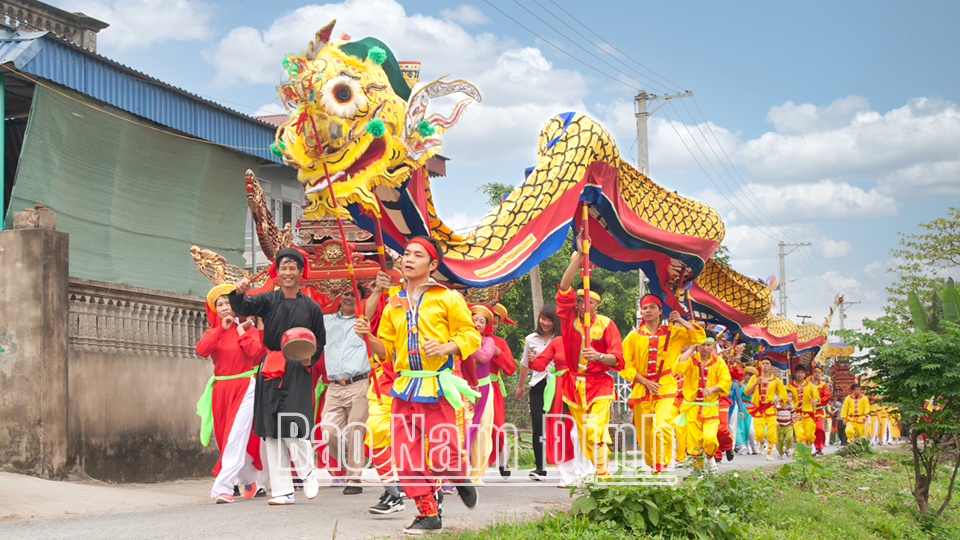

![[Photo] More than 17,000 candidates participate in the 2025 SPT Competency Assessment Test of Hanoi National University of Education](https://vphoto.vietnam.vn/thumb/1200x675/vietnam/resource/IMAGE/2025/5/17/e538d9a1636c407cbb211b314e6303fd)

![[Photo] General Secretary To Lam visits exhibition of achievements in private economic development](https://vphoto.vietnam.vn/thumb/1200x675/vietnam/resource/IMAGE/2025/5/18/1809dc545f214a86911fe2d2d0fde2e8)
![[Photo] National conference to disseminate and implement Resolution No. 66-NQ/TW and Resolution No. 68-NQ/TW of the Politburo](https://vphoto.vietnam.vn/thumb/1200x675/vietnam/resource/IMAGE/2025/5/18/adf666b9303a4213998b395b05234b6a)

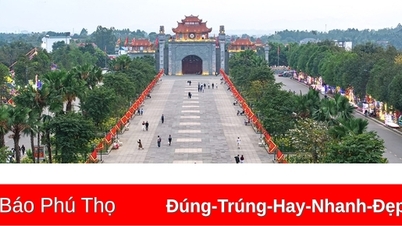




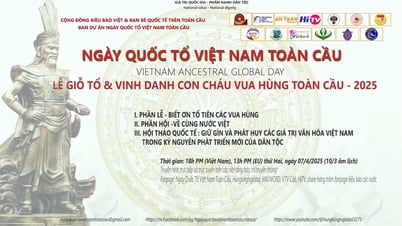

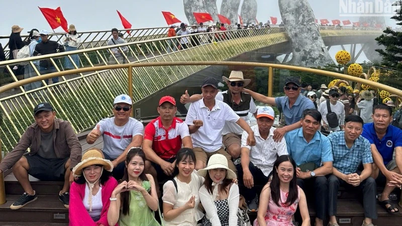

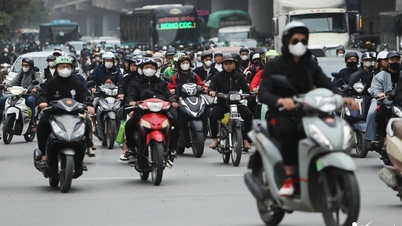

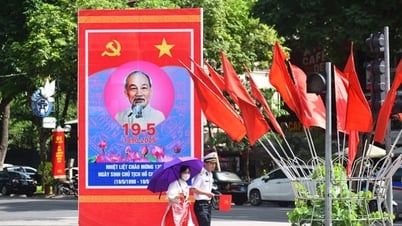

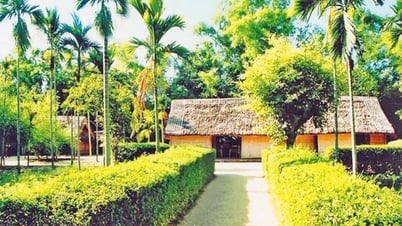

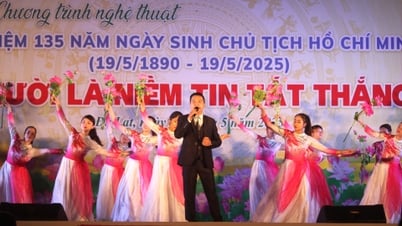

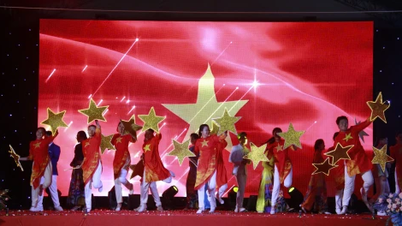

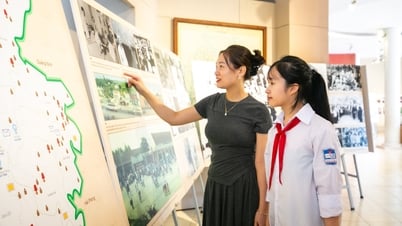






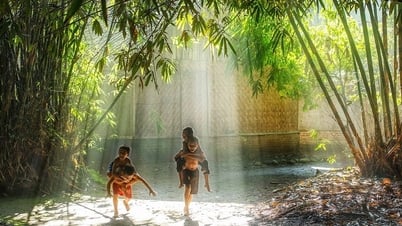

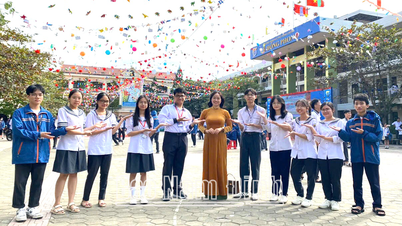


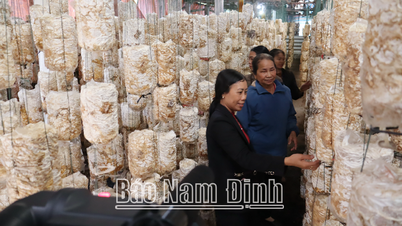
![[Photo] Prime Minister Pham Minh Chinh chairs meeting on science and technology development](https://vphoto.vietnam.vn/thumb/1200x675/vietnam/resource/IMAGE/2025/5/17/ae80dd74c384439789b12013c738a045)
















































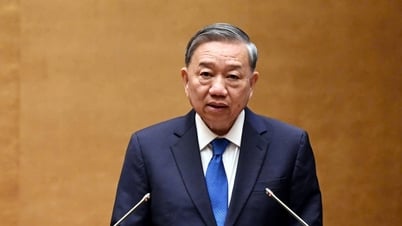


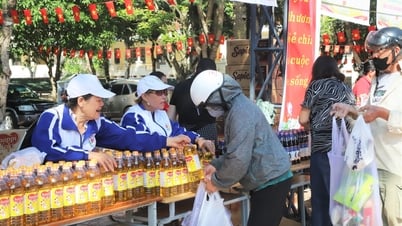











Comment (0)